Vinayak Chatterjee in New Delhi
Drawing-room chatteratti had been quite dismissive when Lalu Prasad was appointed railway minister.
He was not a PLU ("people like us") and, with a fodder scam and Bihar-down-the-tube personal history-sheet, seemed hardly likely to do any good.
As the turnaround story started gathering momentum and successive rail Budgets started presenting glowing financials and operating ratios, the scepticism started getting replaced with grudging acceptance that something good was indeed happening.
But this feeling was also laced with a degree of suspicion that the turnaround was no "real" improvement but an astute play on increased axle-loads and clever rejigging of commodity freight rates.
...
Why Indian Railways must be commercialised
Image: Indian Railways has 1.4 million employees.Considering that the railways is one of the world's largest state-owned enterprises with around 1.4 million employees, over 63,000 km of network that operate 13,000 trains every day, this was indeed a phenomenal achievement.
One also has to take into account that it was achieved in just four years - between 2005 and 2008.
Lalu is said to have remarked: "My mother always told me not to handle a buffalo by its tail, but always catch it by its horns. And I have used that lesson in everything in my life, including the railways."
...
Why Indian Railways must be commercialised
Image: Indian Railways has lost its sizzle,With Banerjee moving to Writers' Buildings, there were some feeble attempts at wresting control of the railway ministry with a Congress-appointed minister. Planning Commission and PMO officials have also been circling overhead like hungry hawks trying to "take charge" and give direction.
The Congress wanted to take over the ministry at a time when the Indian Railways' operating ratio (the money spent to earn Rs. 100) has not been encouraging.
...
Why Indian Railways must be commercialised
Image: Passenger fares are where they were eight years ago.The funds balance for FY11 fell from the budgeted Rs. 5,062 crore (Rs. 50.62 billion) to Rs. 3,100 crore (Rs. 31 billion).
The current fiscal has witnessed a further fall of another 56 per cent to Rs. 1,365 crore (Rs. 13.65 billion). Passenger fares are where they were eight years ago, but freight rates were raised six times in 2010-11 itself.
Due to this differential treatment, the fare-freight ratio of the Indian Railways is a minimal 0.3 against 1.2 in China and 1.4 in South Korea.
...
Why Indian Railways must be commercialised
Image: Planning Commission has asked the railways to draw up a roadmap.The Planning Commission has asked the railways to draw up a roadmap to implement specific suggestions during the 12th Five-Year Plan, which begins on April 1, 2012.
The key suggestions include increasing passenger fares, minimising cross-subsidisation between passenger and freight earnings, and setting up an independent tariff regulator.
The Commission has formed a working group headed by the Railway Board chairman for this purpose.
...
Why Indian Railways must be commercialised
Image: New round of musical chairs is on at Rail Bhawan.We now have a new railway minister in Dinesh Trivedi from Trinamool Congress, a new chairman of the railway board in Vinay Mittal, and the public and media screaming blue murder about the safety record and governance standards of the Indian Railways.
This new round of musical chairs at Rail Bhawan is expected to lead to a fresh round of jousting to see how the power equations play out between Didi calling the shots remotely, her minister toeing her line, and the PMO and Planning Commission hawks trying to do right by the country.
...
Why Indian Railways must be commercialised
Image: Issues related to reform have not beed addressed.This subject was brilliantly dealt with in the epochal Rakesh Mohan Committee Report on railways submitted in February, 2002.
Though the railway establishment has distanced itself from it, few can argue against its recommendations that call for a separation of roles into policy, regulatory and management functions.
The Committee Report had pointed out with much anguish that: "Indian Railways over the past decade has fallen into a vicious cycle of under investment, misallocation of scarce resources, increasing indebtedness, poor customer service and rapidly deteriorating economics.
...
Why Indian Railways must be commercialised
Image: Privatisation has been a controversial issue.The privatisation of rail networks, infrastructure and services has been a controversial issue throughout the world.
For instance, in the United Kingdom, serious objections were raised against the privatisation of British Rail in the 1990s. Treading carefully, the Rakesh Mohan Committee advocated "commercialisation", rather than outright privatisation.
It, then, went on to suggest that the Indian Railways must eventually be corporatised into the Indian Railways Corporation.
...
Why Indian Railways must be commercialised
Image: Government should be in charge of policy direction.The IRC would be governed by a reconstituted Indian Railways Executive Board.
The government of India should be in charge of setting policy direction, and constituting IRRA and IREB.
The report suggested that once the broad framework of a proposed restructuring is accepted, the government of India and ministry of railways would need to set up a special task force to frame new legislation enabling a new organisational framework.
...
Why Indian Railways must be commercialised
Image: Time has come to take railways by the horns.This task force would have to start operations with a thorough review of the Indian Railways Act and the Indian Railway Board Act. New legislation would need to be drafted so that it:
i) Mandated corporatisation of the Indian Railways into the IRC
ii) Permitted a revamp of the railway board.
iii) Redefined the relationship between the government and a revamped IREB.
iv) Provided for exemption from taxation - excise, sales tax, etc - for the period of transition, say, five to seven years.
v) Permitted private participation in railway operations.
vi) Facilitated the induction of personnel form outside the railways.
vii) Mandated the subsidisation of social responsibilities to the extent of funds provided by the government.
viii) Set up a social safety net to take care of surplus labour.
The task ahead has been very clearly spelt out.
Learning from Lalu's mother, the time has come to take the Railway Reform bull by the horns, not the tail.
The author is Chairman of Feedback Infrastructure. These views are personal.
vinayak.chatterjee@feedbackinfra.com


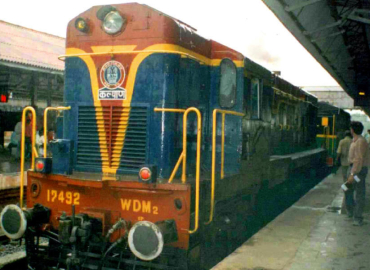
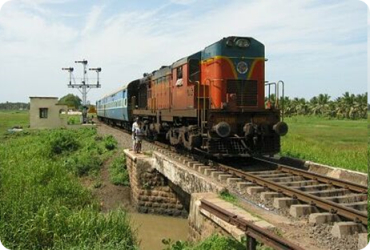
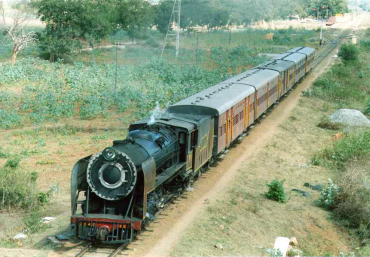

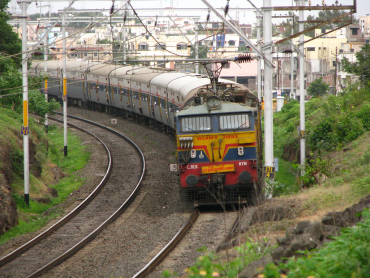
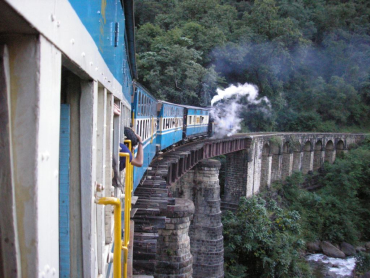
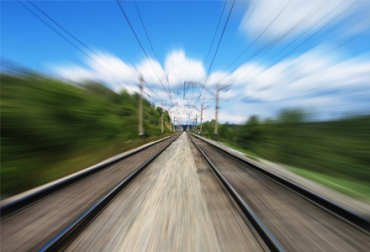
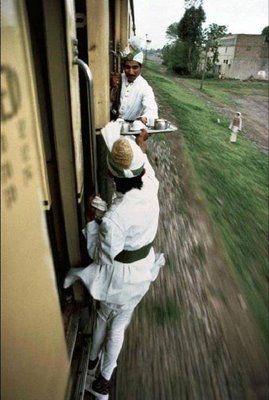
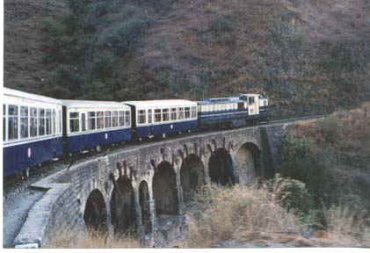

article